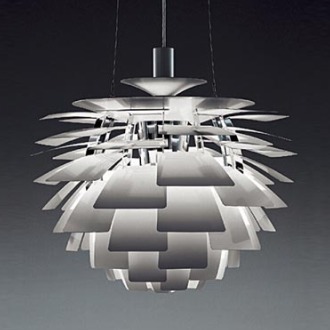skip to main |
skip to sidebar
Table of Contents
Lecture Reflections1/22/10: What is Design?1/29/10: Where Does Danish Design Come From? What are its Roots?2/9/10: Product Design2/16/10: Furniture Design3/9/10: Fashion Design3/12/10: Interior Design3/16/10: Architecture & Design4/13/10: Civic Design, Design for the Public4/16/10: Transportation Design and ArchitectureSymposia Reflections1/26/10: Symposium 1 of 8, "Form and Distinction," by Ole Thyssen2/2/10: Symposium 2 of 8, Design as a Tool for Marketing and Branding2/12/10: Symposium 3 of 8, Making High Quality Design Available to the General Public2/19/10: Symposium, 4 0f 8, Craftsmanship & Mass Production2/26/10: Symposium 5 of 8, Tradition and Modernity3/26/10: Symposium 6 of 8, Architecture & Design as a Vehicle for Creating a Welfare State4/20/10: Symposium 7 of 8, Danish Transportation4/23/10: Symposium 8 of 8, Public Spaces, Public LifeReading Reflections1/26/10: "Form and Distinction," by Ole Thyssen1/29/10: "Design, an Integral Part of the Danish," by Anne Maria Summerhayes2/9/10: Excerpts from "Danish Design," edited by Svend Erik Møller and translated by Morgens Kay-Larsen 2/19/10: "Applied Art Between Nostalgia and Innovation," by Kristian Berg Nielsen2/23/10: "Furniture and Industrial Design," from the Ministry of Foreign Affairs of Denmark2/26/10: "The Magic of the Wokshop - Where hand and mind unite," by Henrik Sten Møller, and "Walk the Plank," by Tine Nyaard and Thomas Dickson3/9/10: "Danish Fashion," by Marie Riegels Melchoir from the Encyclopedia of World Dress and Fashion3/16/10: "New Danish Architecture," by Tobias FaberFieldstudy Reflections
2/10/10: Royal Copenhagen, Georg Jensen, Illums Bolighus
March 2010: Kunstindustrimuseet
March 2010: Danish Design Center
4/14/10: City Walking Tour & Danish Architecture Center
2/16/10 Lecture Reflection: Furniture Design
All over Denmark, I had been seeing the same few lamps over and over. One in particular was absolutely gorgeous with scalelike shades creating a large organic shape that cast the most beautiful glow in a graceful manner. The other lamps I saw repeatedly were much simpler, with fewer shades in a more familiar domed shape but were equally elegant and functional. In stores and homes alike, I was greeted by these light fixtures. But who were they by?
 Artichoke Lamp, Poul Henningsenhttp://lamarilla.files.wordpress.com/2008/12/poul_henningsen_ph_artichoke_lamp_pnq.jpg
Artichoke Lamp, Poul Henningsenhttp://lamarilla.files.wordpress.com/2008/12/poul_henningsen_ph_artichoke_lamp_pnq.jpg
Tuesday's lecture gave me the answer: Poul Henningsen. The first lamp is the Artichoke (1958) and the other was the PH5 (1958). Henningsen believed in the unification of beauty and utility and that is exactly what he designed. As an architect turned self taught lighting designer, Henningsen recognized the importance of tradition and craftsmanship while still wanting to push forward with technology. But because he was more than just a product designer, Henningsen's influence reaches beyond his light fixtures. His idea of light zones made people more aware of how light and space reacted and brought them back to a time when lighting could create a cozy atmosphere (hygge influence?). Additionally, his design criticism and demand that people should have better taste was able to raise deign awareness in Denmark so that now, the average person invests a large proportion of their means on products for their home. The level of aesthetic taste in Denmark could be argued to be considerably higher than most other countries and Henningsen is partially responsible.
 PH5 Lamp, Poul Henningsen
PH5 Lamp, Poul Henningsen
http://www.finnishdesignshop.com/images/ph5_tk.jpg
Henningsen's lights have become so incredibly popular not only because of their beauty but because they were designed with so much thought. He recognized that PH lighting was not designed for the home, it created dismal and depressing atmospheres. Conversely, Henningsen considered light distribution so that he was able to create lamps that eliminated glare and produced warm, clean light. Experimenting with materials, he found what would produce the best light. His lamps are a classic example of a successful marriage between function and beauty.
I would also argue that Henningsen's lamps reflect a democratic desire. He created lighting for people's homes, public spaces, stores, every area of life. Although his light fixtures can be quite expensive today because it is associated with his name, originally, the lamps were created to be accessible to the average person. And if you go into the home of a Dane, chances are you will see a PH5. Henningsen sought to improve the daily lives of Danes and that is precisely what he achieved.
 Artichoke Lamp, Poul Henningsen
Artichoke Lamp, Poul Henningsen


No comments:
Post a Comment